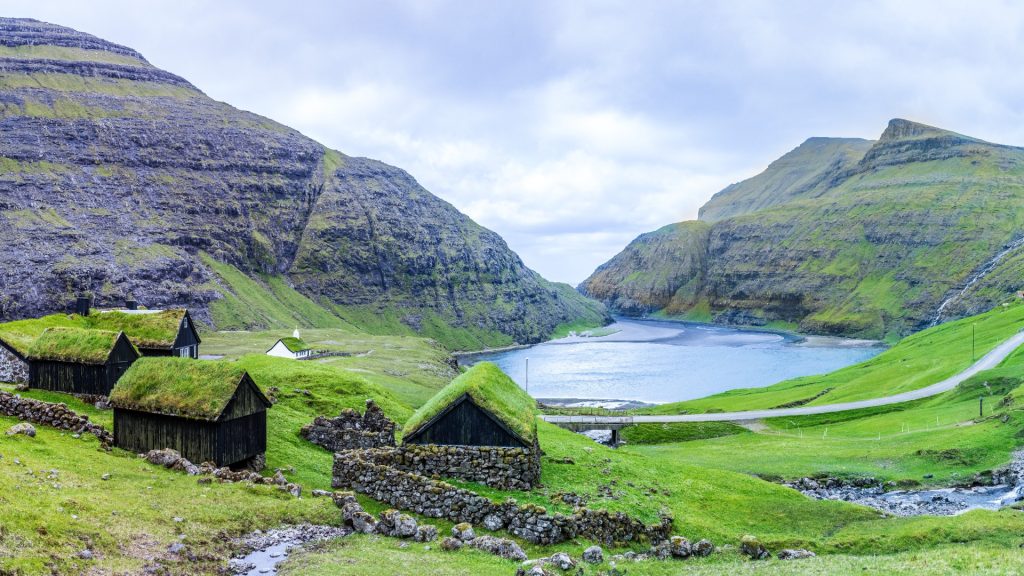The ancient Vikings certainly had the travel bug.
Others are reading now
The Vikings were master explorers, traversing the Atlantic between the late 8th and mid-11th centuries.
From Newfoundland to Greenland, their longships carried them across vast seas. Among their settlements were the Faroe Islands and Iceland, where new research has uncovered surprising insights into their origins.
A study published in Frontiers in Genetics reveals that the Viking settlers of Iceland and the Faroe Islands came from distinct Scandinavian populations, challenging the long-held belief that both groups shared similar origins.
Tracing Viking Lineages
Led by Dr. Christopher Tillquist of the University of Louisville, the research team analyzed the Y-chromosomes of 139 men from the Faroe Islands, comparing their genetic markers to those of 412 men from Norway, Sweden, Denmark, Iceland, and Ireland.
Also read
The results revealed that the Faroe Islanders’ Viking ancestors were a diverse mix of Scandinavians, while Icelandic settlers came from a more genetically distinct group.
The findings highlight separate “genetic signatures” that persist in the male populations of these regions today.
The study used a novel method called “Mutational Distance from Modal Haplotype” to analyze genetic variations and identify the “founder effect”—a random loss of diversity caused by the small size of colonizing groups.
“Our analysis shows that the Faroe Islands were settled by a diverse group of Scandinavian men, while Iceland was colonized by a more genetically distinct band of Vikings,” said Dr. Tillquist.
“These populations have remained genetically separate, with no evidence of interbreeding, despite their proximity.”
A Complex Picture of Viking Expansion
Archaeological and historical evidence, such as the Færeyinga Saga, suggests that the Faroe Islands were settled by Vikings around 872-930 CE, led by a chief named Grímur Kamban.
However, earlier inhabitants, potentially Celtic monks from the British Isles, may have lived there as early as 300 CE.
“This research reveals that Viking expansion into the North Atlantic was more complex than previously thought,” said Tillquist. “Each longship carried distinct genetic legacies, painting a richer picture of Viking exploration and settlement than traditional history books suggest.”


